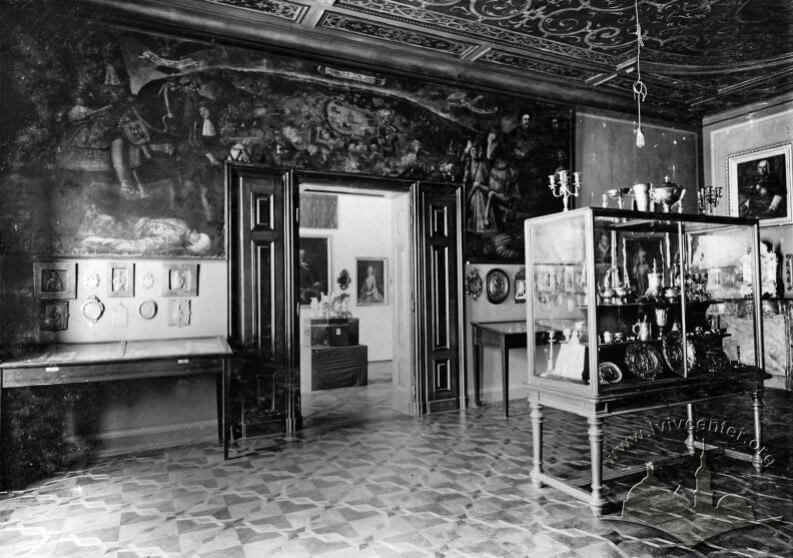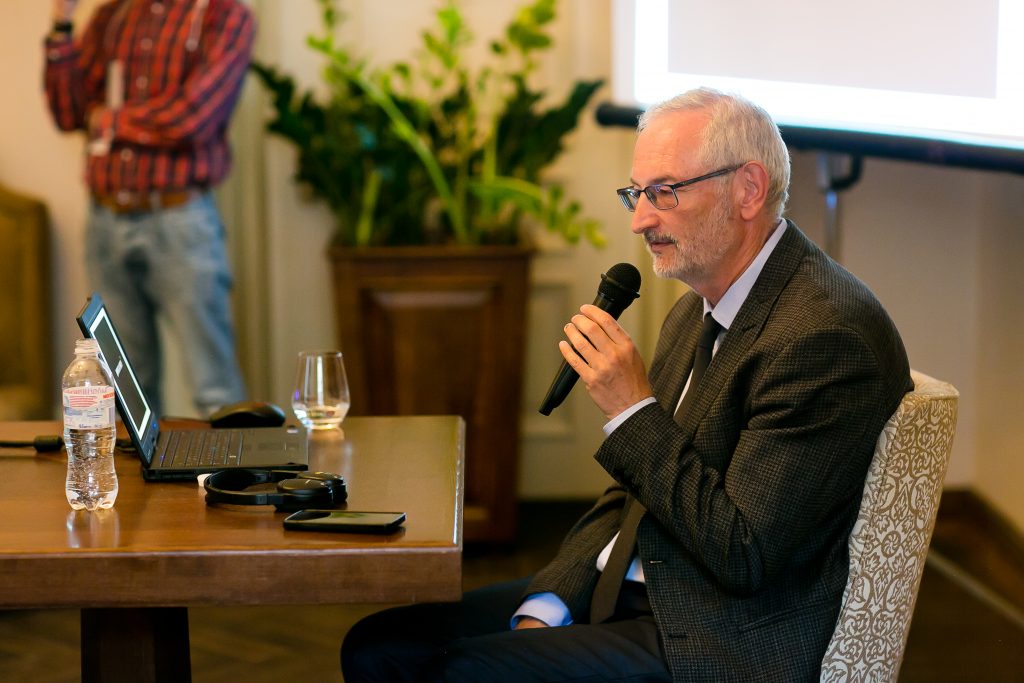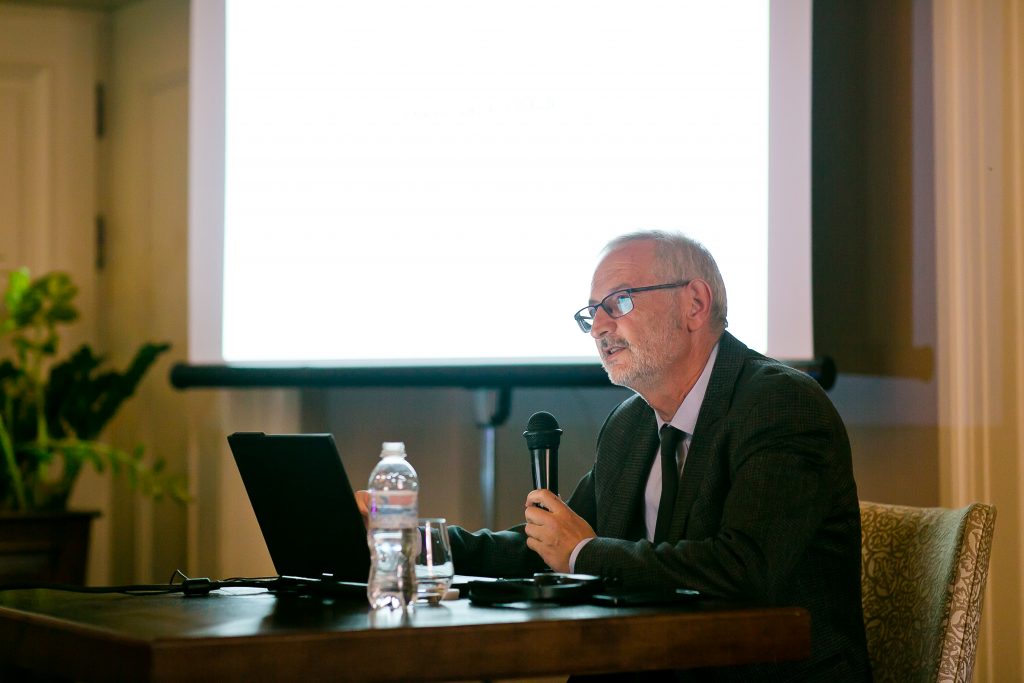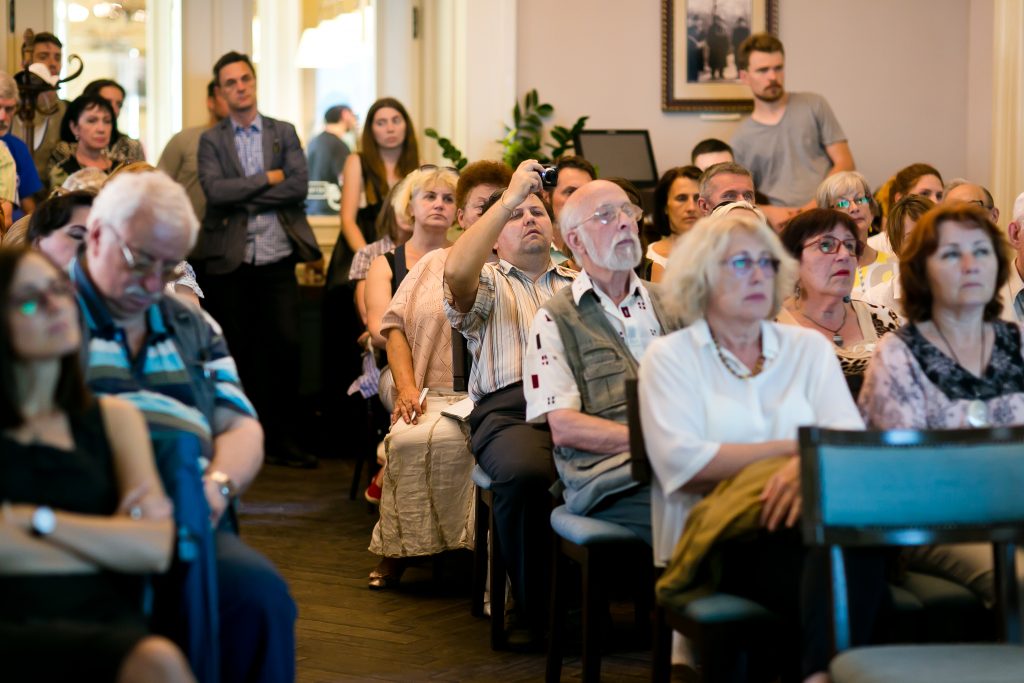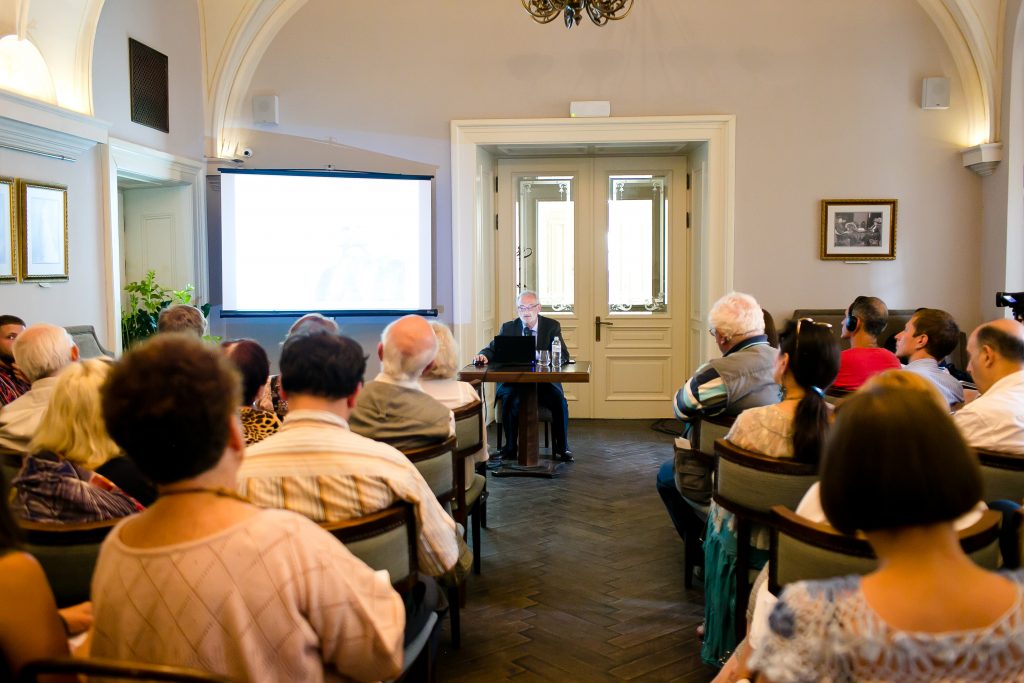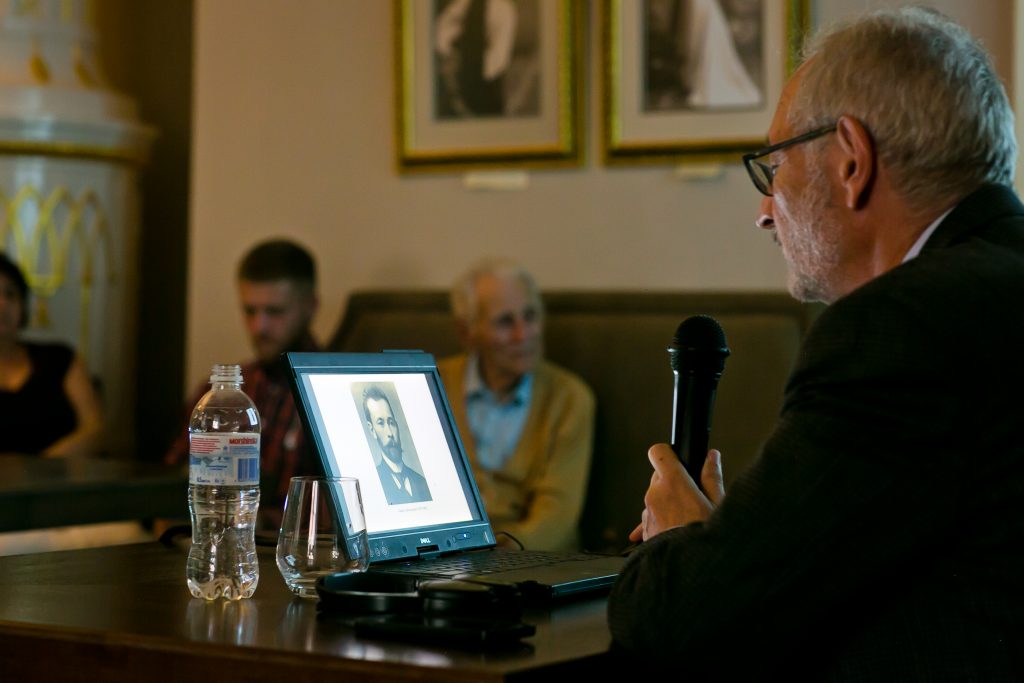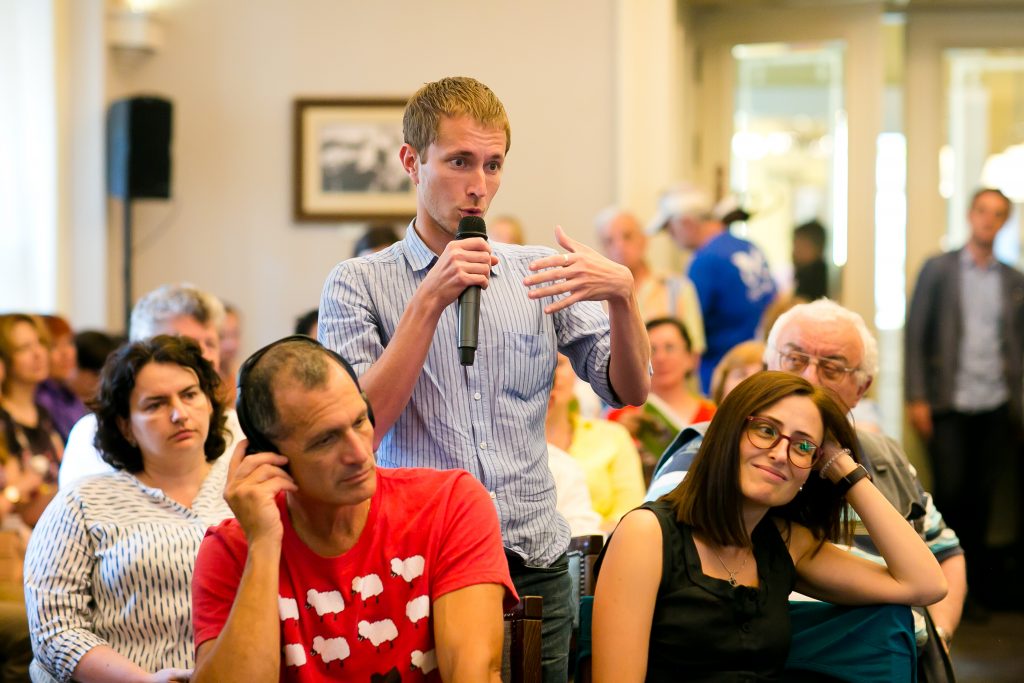Lviv Collections Before 1939: Art Patrons, Communities, Institutions
Serhiy Kravtsov
Hebrew University of Jerusalem12.7.2017, 18:30
Ratusha restaurant at pl. Rynok, 1, Lviv
Collecting books, manuscripts, art pieces, historical relics, samples of animated and inanimate nature gained traction in the 19th century. The lecture told about the development of collecting in Lviv, about transfer of collections from aristocratic, mansion, and private environment to urban museums and libraries, from liturgical use in Polish and Ukrainian churches and synagogues to secular and educational function. The compilation of Polish, Ukrainian, Jewish and Armenian collections was discussed, and the ways of transforming private collections into public, urban, and "national." What meaning did Lviv communities assign to "national" museums? What new significations did the exhibits acquire within the museum space, and the museum buildings within the urban space? The focus was also on research, publishing, and monument preservation activities related to museums, as well as the fate of Lviv collections during the Second World War.
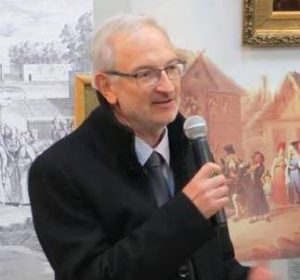
Serhiy Kravtsov
is an architectural historian, researcher. He studied architecture in Lviv Polytechnic Institute. In 1993, he presented his thesis in the history of urban planning in Galicia. In the next year, he moved to Israel, where he has since worked as a researcher at the Hebrew University of Jerusalem. His research interests include the history of architecture and urban planning of East and Central Europe, history of synagogue architecture. He published over 60 articles in Ukrainian, Russian, Polish, English, and Hebrew; authored four books (two of them co-authored, one more is in print), and edited one book.
Jewish Days is a public program for general audiences. It is related to two other projects of the Center for Urban History - Summer School in Jewish History and Multicultural Past, held annually since 2010, and the initiative Space of Synagogues: Jewish History, Common Heritage and Responsibility (in partnership with the Lviv City Council and the German Society for International Cooperation, GIZ).
Credits
Cover Image: Vladislav Bozhemsky. Interior of the house of Vladislav Lozinsky, 1908-1914. Lviv Historical Museum / Urban media archive
Gallery Image by Iryna Sereda
